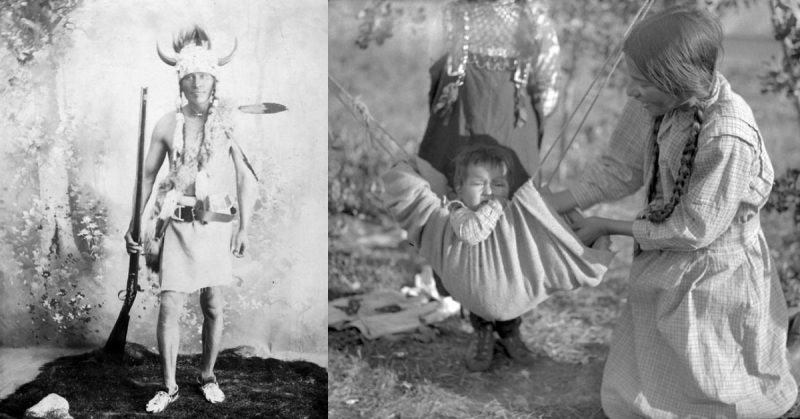The lack of written sources for many Native Americans limits our study of their history. The only ones we do have mainly come from Europeans, many of whom filtered the experiences through deep religious bias.
But through a careful examination of modern sources such as oral histories and accounting for bias in written European sources, we can project back in time and see how their warfare might have been conducted. The following story is a reasonable recreation of Cree warfare before European contact.
The promising warriors gathered at the war chief’s lodge to decide the course of the war. The warriors jealousy and violently guarded the hunting grounds of the Cree against other tribes such as the Inuit to their North, and later in history the Dakotas to their West. Now, the established warriors wanted to secure key hunting territory and replace their lost children with an adopted slave or two.
The young men, in this case Tcatcwatciw and Acti Pwam, wanted the prestige that came with going to war. The villagers, especially the established warriors like Kitaw Pai, called them “the women” and often added feminine endings to their names.
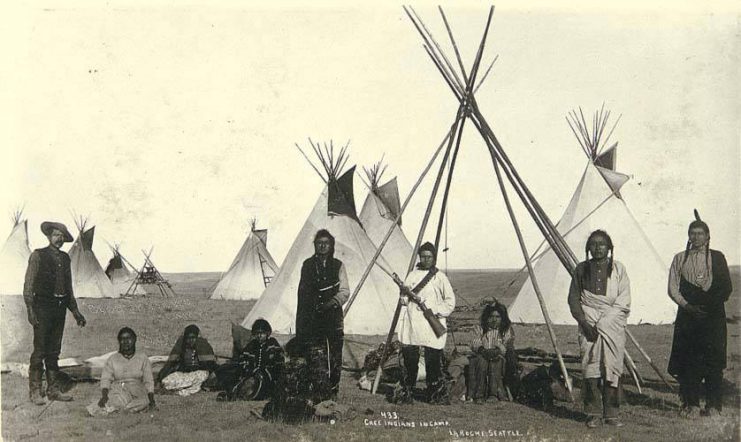
The established warriors were called the worthy younger men. They got to embellish their clothes based upon their battlefield achievements, and the younger of them without family feasted, dance, and sang more or less full time in the lodge.
The most accomplished and experienced warrior still in his prime, Opinawewin, had the final say. He policed the hunting in the tribe to make sure nobody started early and scared away or overhunted the game. The eagerness of the young warriors had to be tempered by the wisdom of the worthy young men and the war chief.
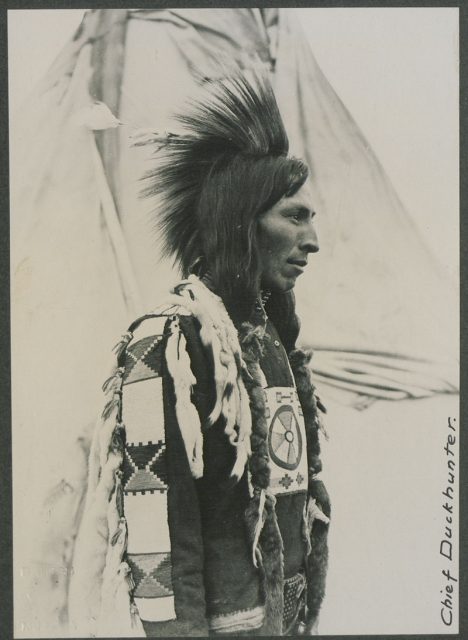
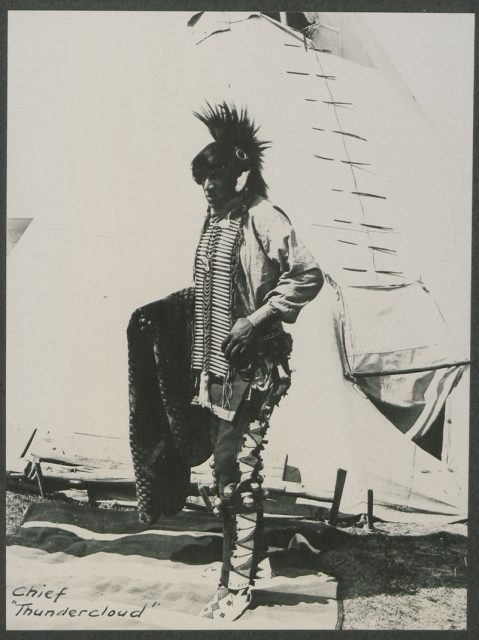
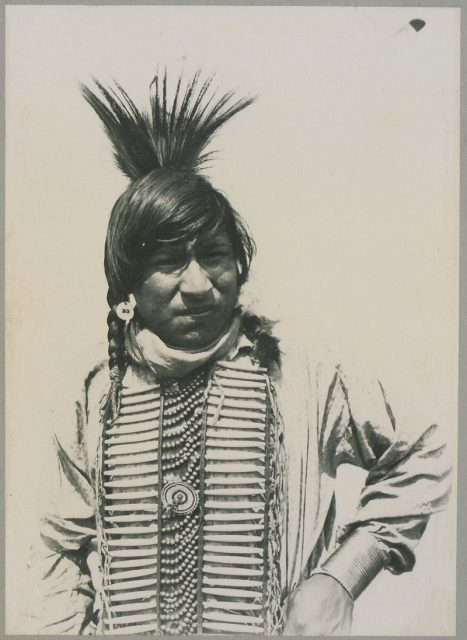
This day, the combination of prestige for younger warriors and the need for slaves as well as vengeance for sickness and inauspicious omens caused by the Inuit led Opinawewin to accede to the aspiring warriors.
They gathered together in the chief’s tent to start their ceremony. Over a ritual feast of caribou meat, each of the warriors chosen for the expedition cut off a piece of meat. Over the sound of singing and the commotion of dancing from their fellow warriors, each member of the war party took a bite and pronounced the great deeds he would perform on the battlefield.
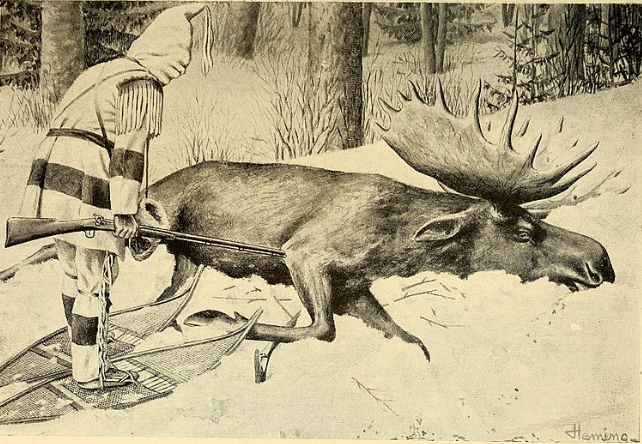
The tribe was then in a summertime encampment near the key territory of what is now called the Albany River. They expected to travel through the no man’s land north of the river, and could then use canoes along what is now the Hudson and James Bay.
Because winter would freeze the rivers and cause most of the tribe to disperse, they had to march to war quickly during the summer time when they gathered together in larger numbers. They couldn’t send every warrior, as they needed the men’s skills to hunt for the rest of the village, gather food for the winter, and protect the tribe’s hunting lands and the women, children, and elderly left in the village.
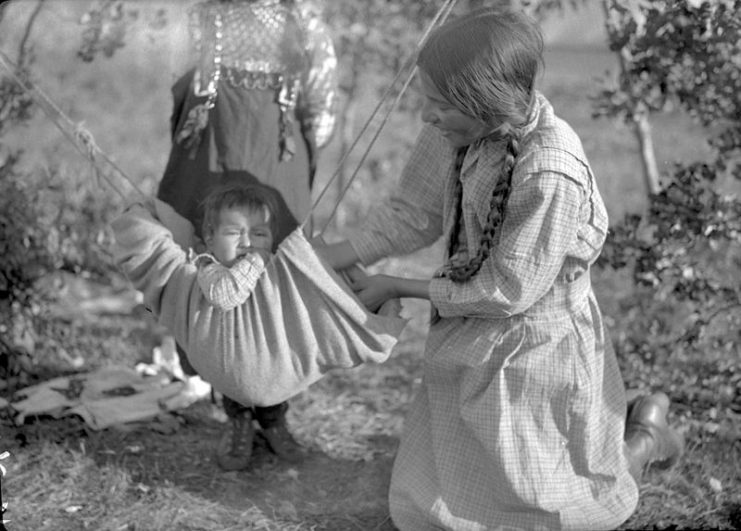
When the plan was settled and ritual completed, the Cree donned their hide armor, made from layers of moose, bison, or caribou wrapped around a wooden slab. As late as the 18th century, European observers reported these hides being able to stop arrows.
Some tribes in the area glued sand and pebbles to their shields as a way to further deflect blows. Some used armor made out of rods or even the shovel-like antlers from moose, which acted as a breastplate.
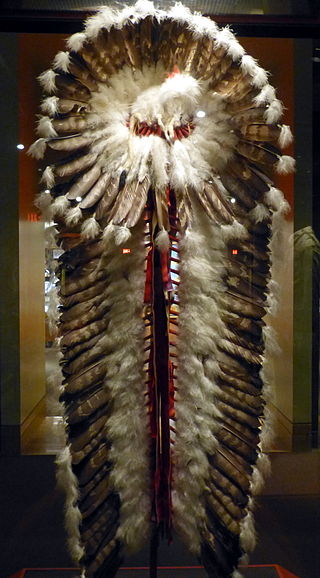
The Cree warriors wore cloth cloaks with markings that advertised their martial accomplishments. Kitaw Pai and Opinawewin wore eagle feathers in their hair, representing the number of kills they had. Their cloaks included slits around the tips to represent holding off multiple enemy by themselves. Past wounds were represented by red marks.
The newer warriors, Tcatcwatciw and Acti Pwam, had to carry the limited cooking gear and supplies. Otherwise, the group traveled fairly light, since bows could hunt game as well as shoot their rivals. Their melee weapons included daggers of bone or stone, and bronze knives.
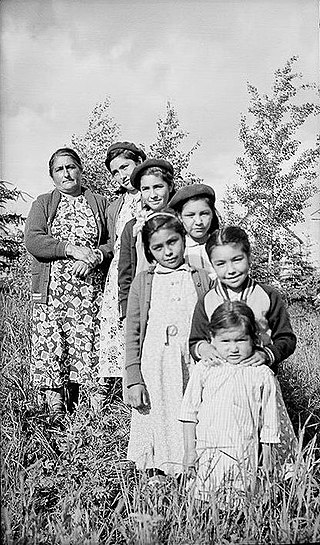
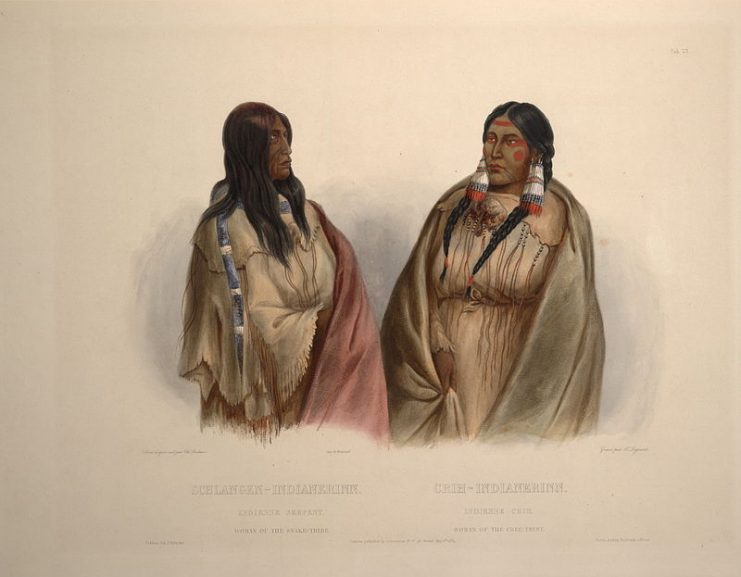
The war party numbered less than a dozen. The all-male unit launched their canoes into the Hudson Bay. They landed a short time later on an unoccupied area of the coast. Moving inland, they made sure to move with stealth. Like many throughout history, the warriors joked with each other using locker room humor.
A short time of travel later the warriors approached the target village. The plan was to catch the enemy village in an ambush. If they couldn’t surprise the village they may have been counter-ambushed in return, or they would face a rare skirmish and small battle with enemy warriors outside the village.
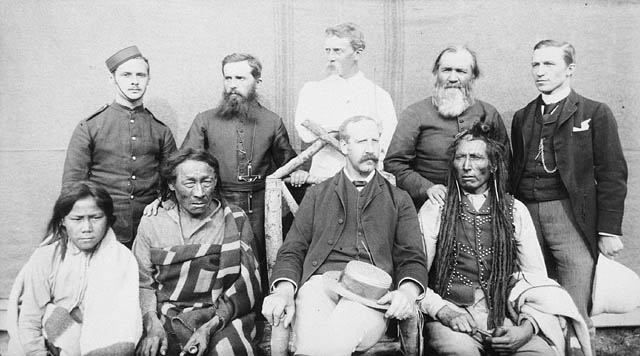
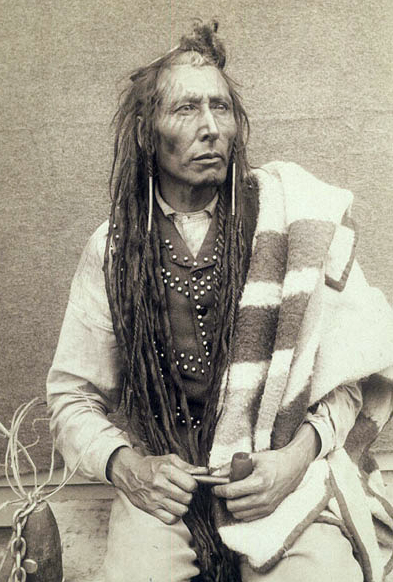
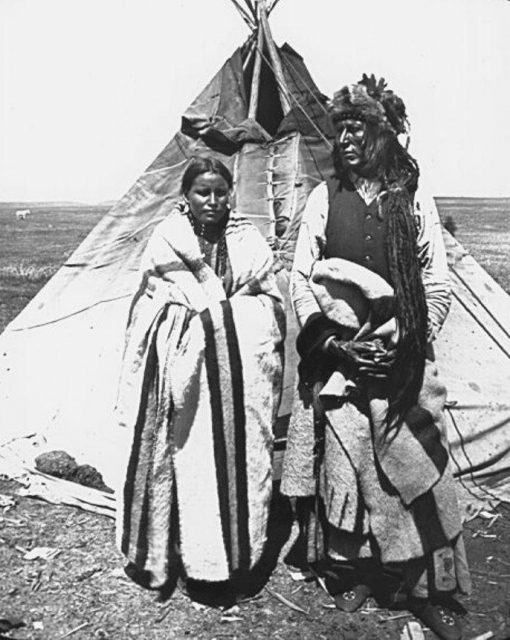
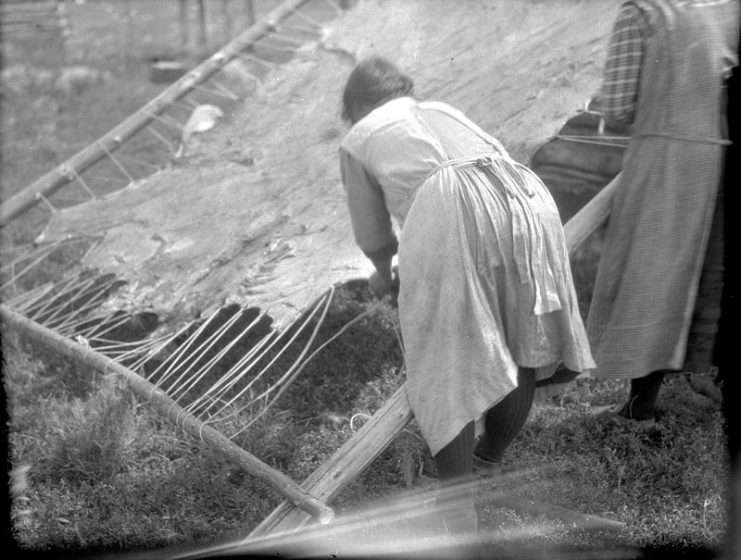
The younger warriors favored skirmishes as that allowed them more chances for additional prestige and honor. But in this case they successfully surprised the village. They first destroyed the boats that their coastal neighbors used to flee and fish. After destroying the boats they knocked down and set fire to the tipis in the village. They targeted the tipis of the chief and warriors first, and then attacked the rest of the village.
As each tipi collapsed and immolated the Cree warriors stood outside, waiting to club and stab the fleeing women, children, and warriors. The successful Cree warriors scalped their most impressive kills.
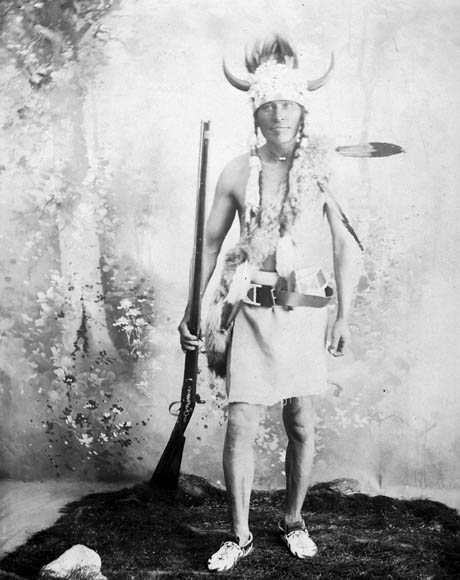
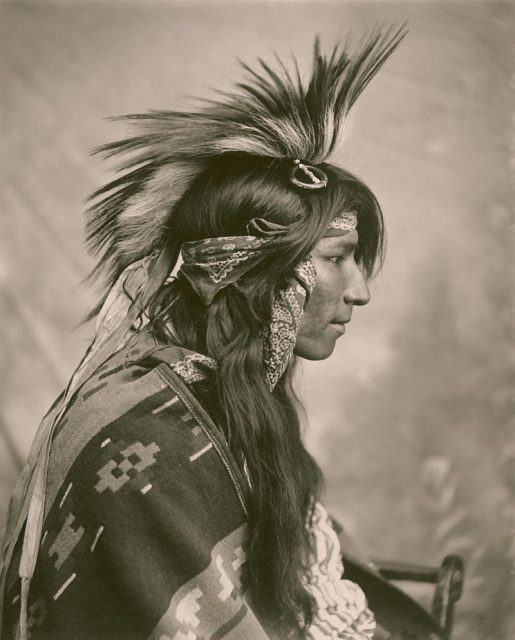
They seized women and children as needed to replenish labor in the home village and sometimes replace lost family members. They gathered all the jewelry and valuables and quickly retraced their route before neighboring villages saw the smoke and tried to retaliate.
The Cree raiding party returned successfully. The senior leaders felt that their lost tribe members and natural disasters had been avenged. The slaves provided additional labor around the village, tending to tipis and doing other menial tasks.
In some rare cases the slaves were treated well and replaced lost members of Cree families. Kitaw Pai replaced his lost children from a previous Inuit raid, and secured his position as one of the leading warriors in the tribe.
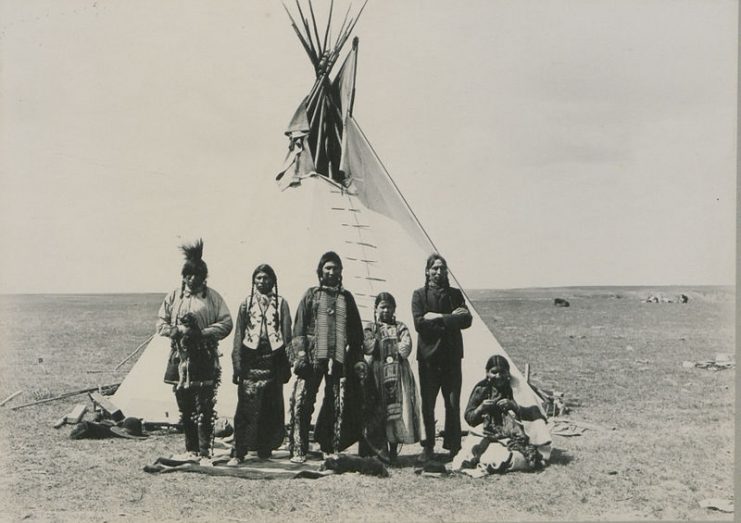
The promising warriors Tcatcwatciw and Acti Pwam were invited into the worthy young men of the tribe by chief warrior Opinawewin. Instead of feminine endings on their names, they were now called worthy young men.
Opinawein, the warrior chief, was starting to reach old age. Eventually he would join the other older warriors. They essentially acted as emeritus warriors and would maintain the warrior lodge. They would often cook and serve the food for the younger warriors.
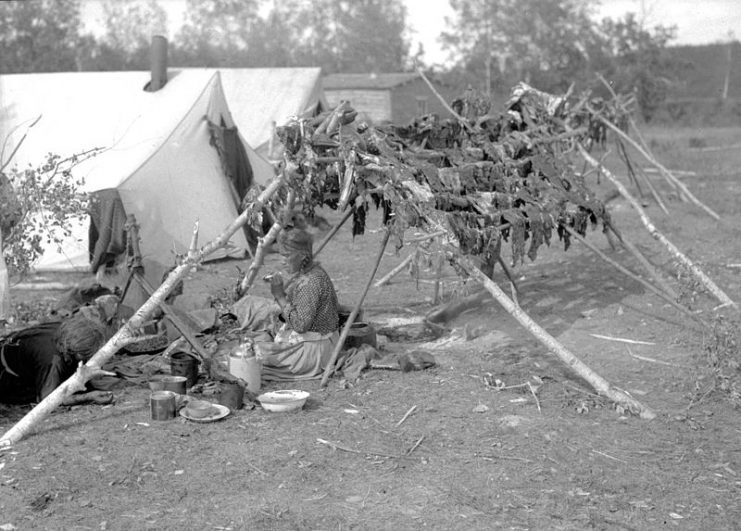
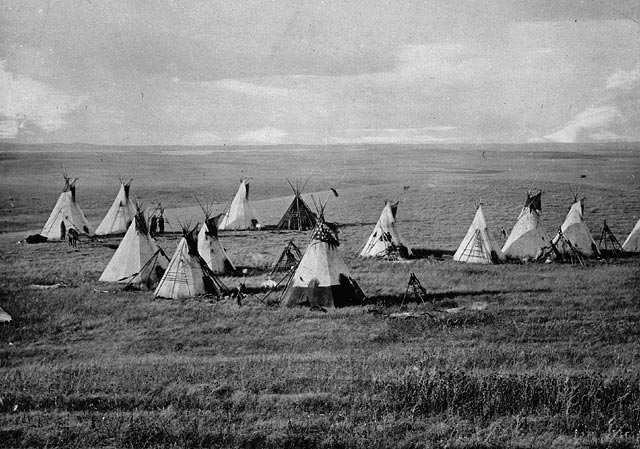
In a rather elaborate ceremony the entire tribe gathered. Women of the tribe stayed awake all night and sang as the warriors danced. The trophy scalps were placed on a hoop in the center of the war lodge tipi. The outstanding warrior of the party wore white antelope skins sprinkled with white earth.
Under war drums and accompanied by singing, each warrior in the party would ceremonially cut a piece of hide and recount how they cut their enemy. In rare cases, like their Iroquois neighbors, these Cree rituals included cannibalism.
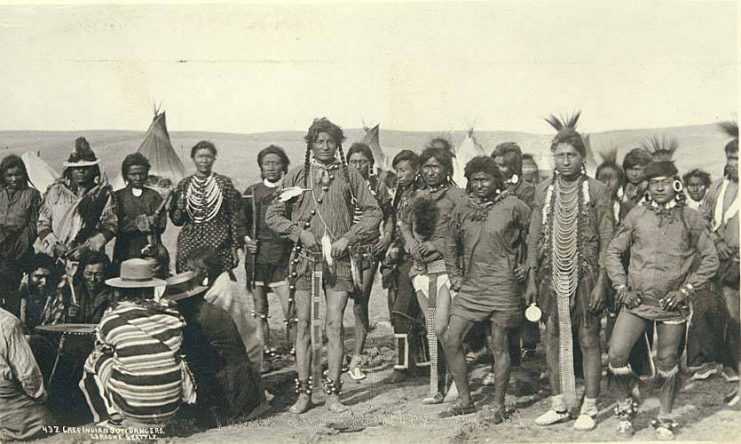
Read another story from us: The Creek Indian War in Early America: 8 Important Leaders
By the time morning came they washed and brushed the hair of the women. With great ritual ostentation, they distributed the bounty from the raid to the women as an apology for keeping them up all night. The women would then take home the gift to their husbands, who would provide a gift in return.
The result of such warfare increased the loyalty of tribe members to each other and enhanced the prestige of the warriors. They secured their hunting grounds and replaced lost labor.
